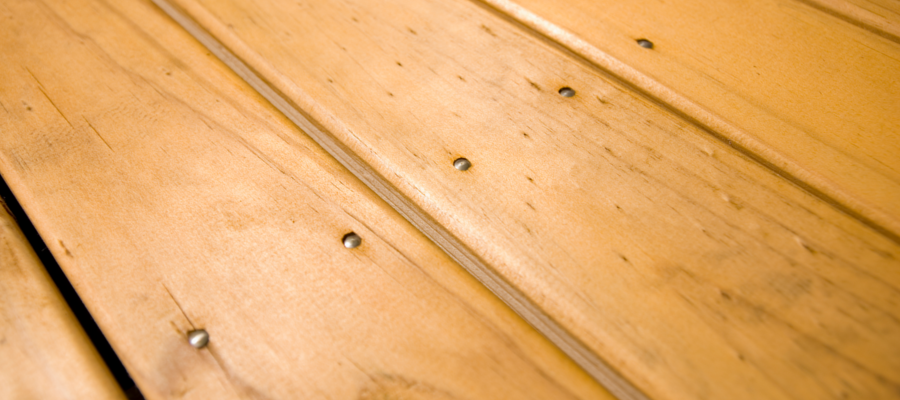
As one of the most commonly used and versatile timbers in the world, pine is a popular choice for decking and other household timber projects.
The term ‘pine’ covers a number of Pinus species, typical examples of which include Pinus radiata, Pinus elliottii and Pinus caribaea. Much of the pine used in Australia is sourced from plantation-grown forests in Australia and New Zealand, however pine is commonly grown throughout the world. Pines versatility as well as it’s fast growth make it one of the most popular and sustainable building materials available.
Pine is a relatively soft wood. To make it more durable, it is generally kiln dried and treated with preservatives, which can lengthen it’s useful life and make it more amenable to use in construction as it won’t move or bow as it dries out. Preservatives also protect it against decay, insects and other wood destroying organisms, such as fungi.
The treatment process for pine is similar regardless of the actual makeup of the preservative being used. The timber is sawn into size and length. It is then immersed in the treatment solution and this is forced into the timber by the use of a vacuum. Once the treatment has had the correct amount of time to penetrate the timber it is drained off, and the timber is finally kiln dried to ensure that it won’t move during construction.
Pine Treatments Available
There are three classes of preservatives commonly used to treat pine:
Water-borne Copper Chrome Arsenic [CCA] Alkaline Copper Quaternary [ACQ] Copper Azole [CuAz] Solvent-borne Light Organic Solvent Preservative [LOSP] Oil-borne Creosote, Pigment Emulsified Creosote [PEC] There are a number of pine treatments available, including:
- Tanalised C (CCA) H1, H2, H3, H4, H5, H6
- Lifewood (CCA) H1, H2, H3, H4, H5, H6
- Vascol Azure H1, H2, H3
- Protim (LOSP) H1, H2, H3
- Protim Optimum (Losp) H3
- Tanalised Ecowood (TanE) H1, H2 ,H3, H4, H5
- NatureWood (ACQ) H1, H2 ,H3, H4, H5
The ‘H’ denotes the level of treatment and what the treated timber can be used for:
- H2 protects against termites and is for inside use only.
- H3 protects against termites and wood rot, and is for outside, above ground only.
- H4 is for outside, non-structural, in contact with ground, such as posts and garden edges.
- H5 is for outside, structural, in contact with ground, such as decks and pergolas.
- H6 is for outside, structural, in contact with salt water, such as boardwalks, piers and jetties.
Appearance
Untreated pine is golden white in colour. While the colour of treated pine will vary according to the chemicals used during treatment, it usually ends up a warm golden colour. It is loosely grained, and colour can vary in each board.
Bear in mind that pine is susceptible to knotholes, which can cause issues if left untreated. Because pine is a softer wood, it can also be vulnerable to denting if it hasn’t been dried appropriately
Common Uses
Treated pine is commonly used in construction for framing and support structures. It is used to create support beams for pergolas and decks, and as decking material. It can also be used to create infills and balustrades, fences and furniture.
Why choose treated pine for your decking project
Treated pine is plentiful, which means it is commonly available and is usually very affordable. While colour can vary according to the treatment of the wood, it usually has a beautiful warm colour. It is also softer than most other woods, which can be pleasant to walk on when used as flooring or decking. It can also be stained any number of colors as it has a very light base colour to work with.
